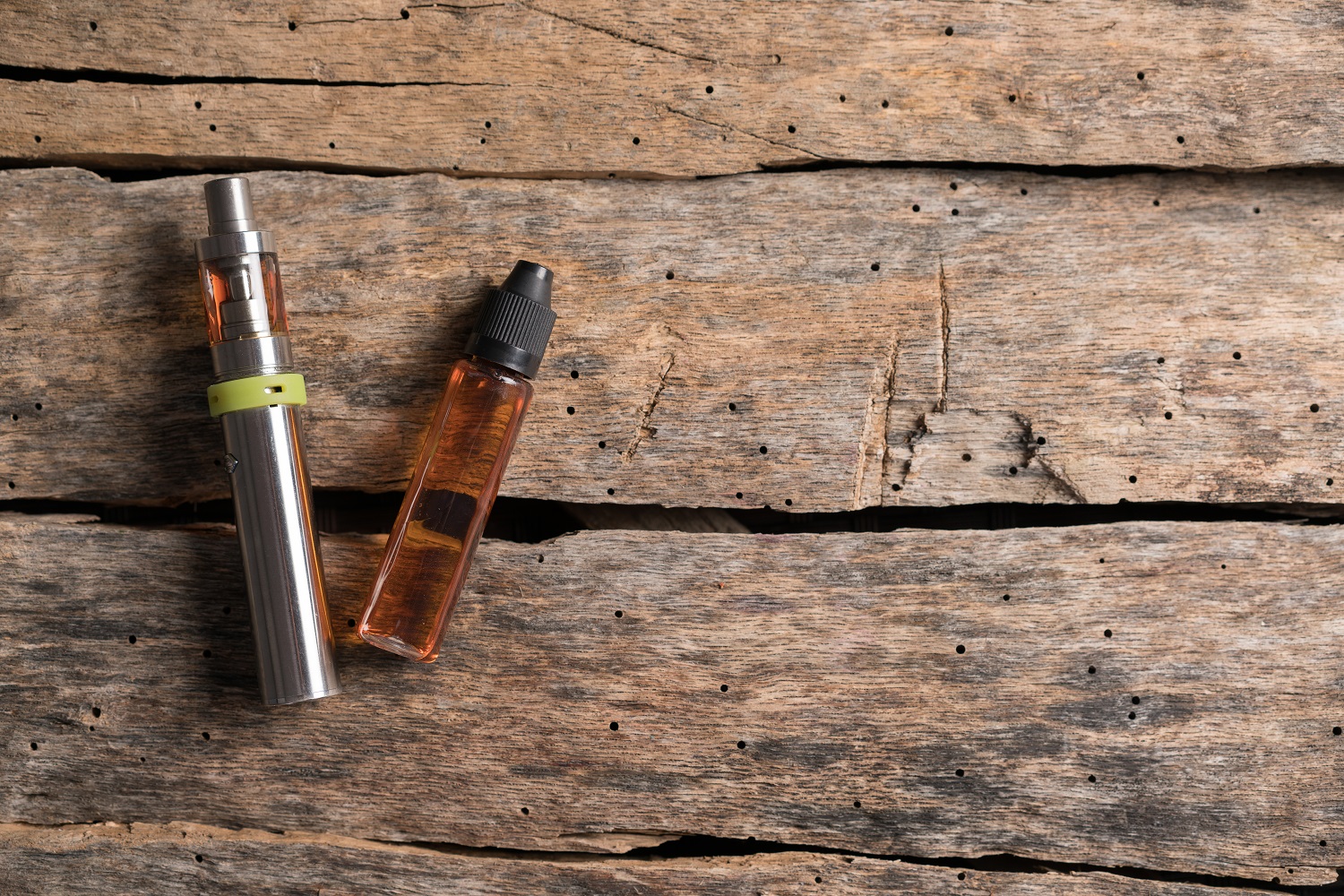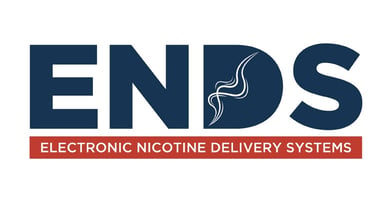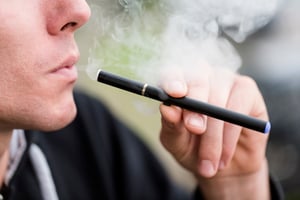Broughton , an MHRA and FDA inspected GMP analytical services laboratory that has been testing Nicotine products since 2010, will be exhibiting at the ENDS conference on 14 – 15th June 2017.The venue...
Tobacco Product Directive (TPD) - Article 20, What Next?

Feb 19, 2016 | Published by Chris Allen
The Next Generation Nicotine Delivery 2015 Conference in London a few weeks ago was an invaluable event for the industry. A lot of the concern and tension was alleviated at the event when a presentation was given by Beryl Keely of the MHRA. I don’t think anyone envied her position when there is still much confusion relating to the implementation of the Tobacco Product Directive (Article 20). Beryl’s presentation still left some questions unanswered but highlighted the pragmatic approach that the MHRA are taking to support the industry via the ‘light touch’ approach to regulations.
The event certainly consisted of companies wanting to do things correctly to meet the requirements of the TPD. Inevitably, there are varying viewpoints and opinions, yet everyone is passionate about ensuring innovation can continue and promoting the advantages of ‘vaping’ over smoking.
Although not an essential requirement, the discussion on PAS 54115 was shown to be a step towards implementing suitable product design and manufacturing controls. Many aspects are not dissimilar to the principles of GMP (Good Manufacturing Practice) and although this is not in complete alignment with the TPD, it can certainly help companies move in the right direction. I believe all parties will feel some sense of relief when harmonised standards are finally implemented and much of the ambiguity can be eliminated.
Concerns over the implementation of the TPD cover areas of both knowns (such as device tank size, E-Liquid labeling requirements and advertising restrictions) and unknowns (requirements for E-Liquid and device emissions testing, level of toxicological information and what constitutes a single submission, i.e. per strength or per flavour). Further clarification is expected from the MHRA in the early part of 2016.
Concerns regarding the degree of administration work required were also voiced and the potential for the scientific community to complicate the process. This is where scientific organisations, toxicologists and regulatory consultants must take responsibility to ensure the services they offer are clear and concise to support this industry.
What seems very clear is that the TPD will happen and manufacturers or importers need to take this into account for the implementation in May 2016. The MHRA are very clear that full data packages containing information on nicotine dose (simulating nicotine uptake), device and E-Liquid emissions (and associated toxicological information) will be required by the 20th of November to ensure that products can still be marketed. A few companies have already made good progress and look to lead the way in driving forward the standards, yet others are adopting a more conservative ‘wait and see’ approach.
Overall, the majority of people I spoke to found the event very useful and informative, and left feeling a lot more positive regarding the future of their businesses and importantly their customers that they are clearly passionate about helping.


